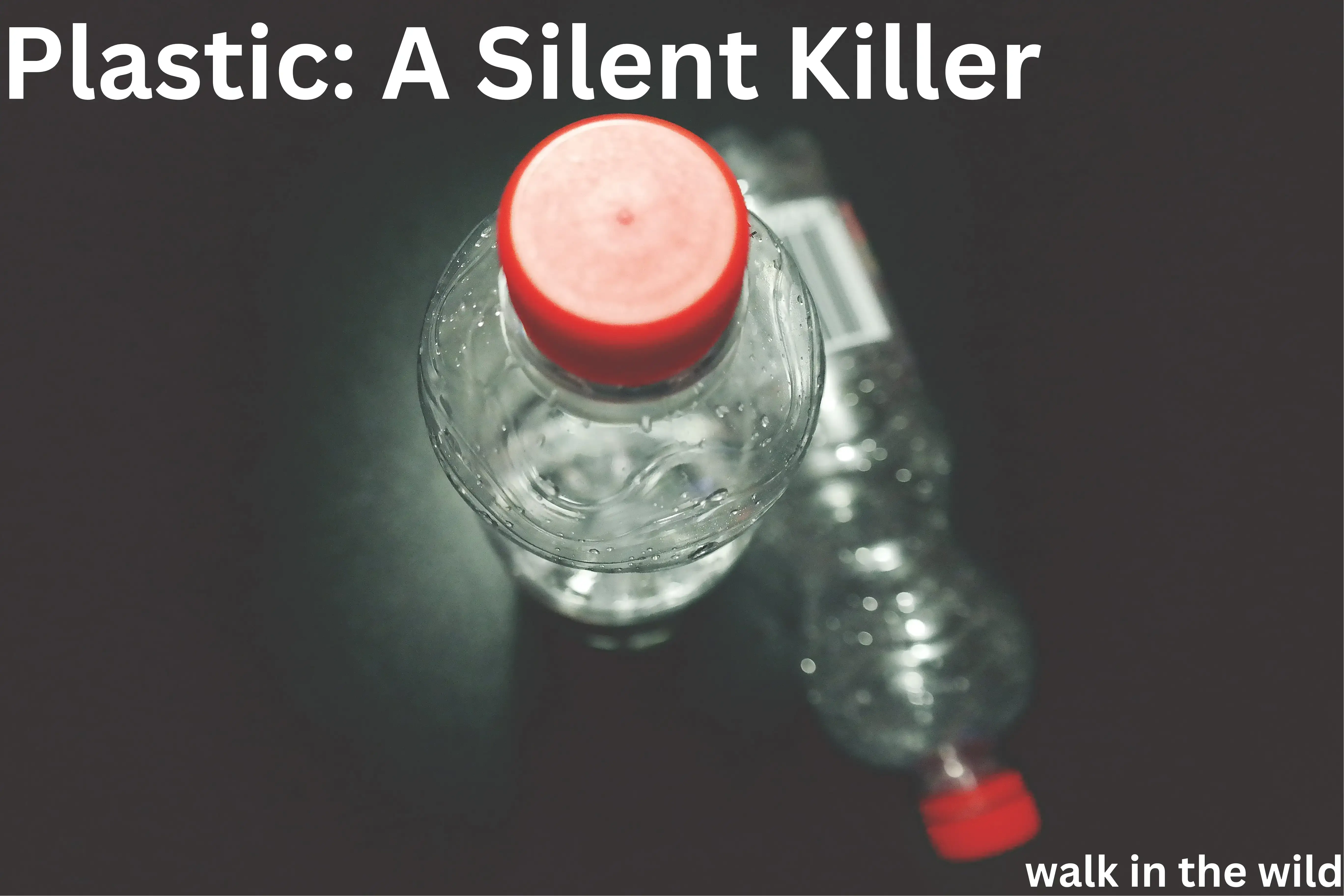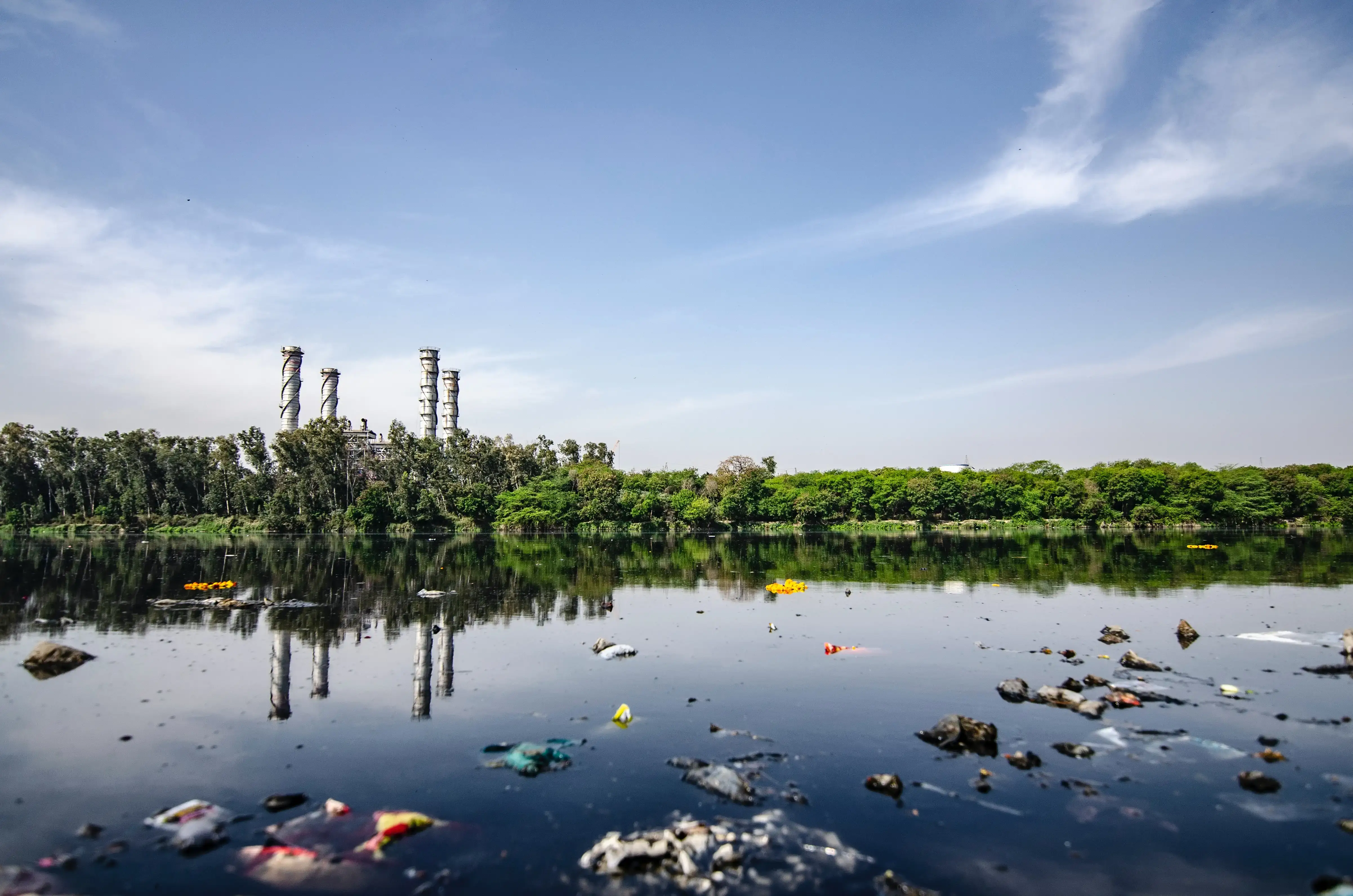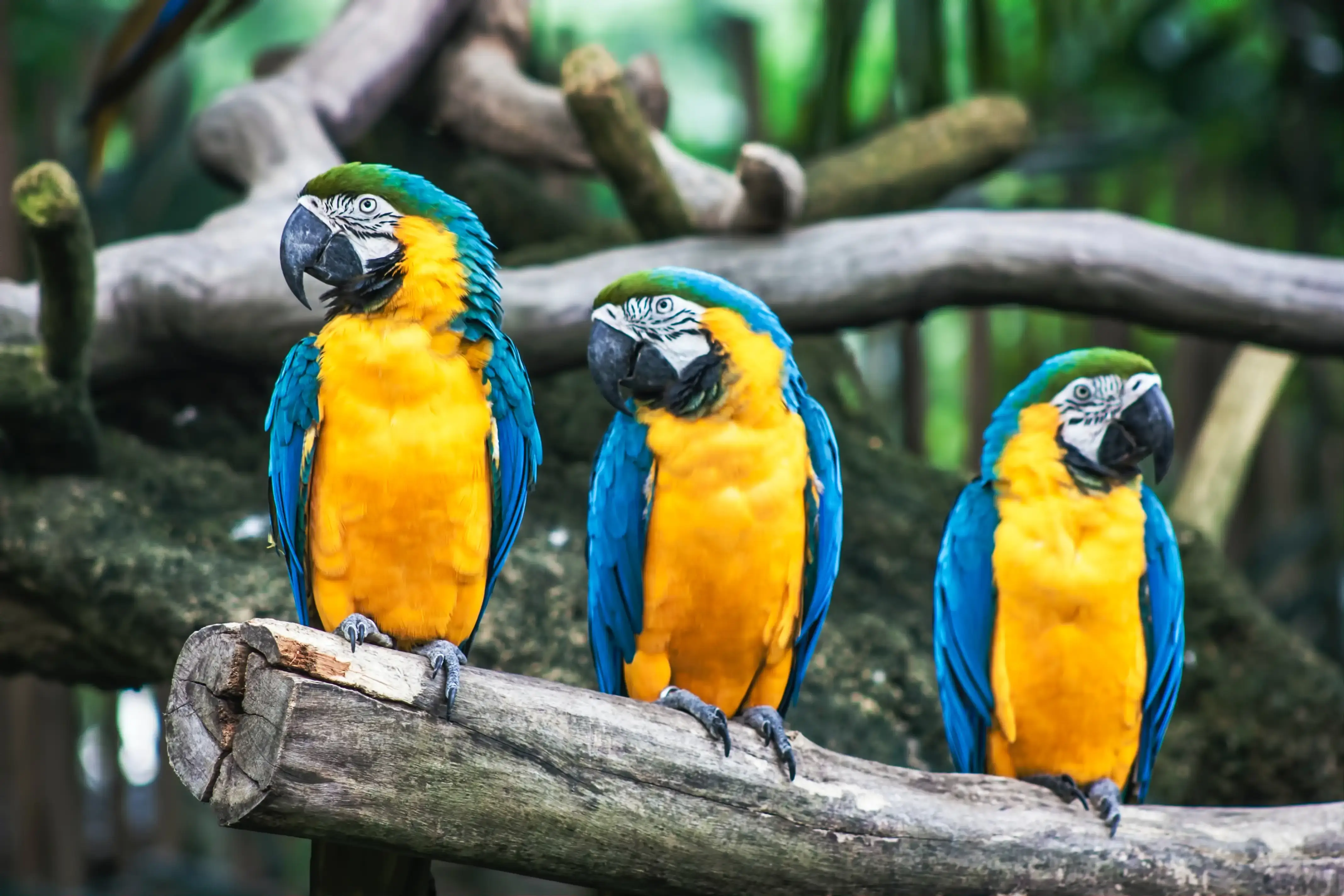5 min to read
Plastic: The Silent Killer That's Destroying Our Planet

Have you ever wondered what happens to the plastic you throw away? Is it recycled or dumped in the ocean? What happens to the plastic in the ocean? How does it affect the wildlife and environment around us? What can we do to reduce plastic pollution? What are the alternatives to plastic?
In this blog post, we will try to answer all these questions and will try to understand the impact of plastic on the wildlife and environment around us. we will also discover the alternatives to plastic and what we can do to reduce plastic pollution to make our planet a better place to live.
 Introduction
Introduction
Plastic, In Scientific language, is A substance made of organic polymers. In simple words, Plastic is a synthetic(made by humans) which is soft and can be molded into different shapes, and sizes, and have durability. Because of its properties, It’s widely used in the manufacturing of different products like bags, bottles, containers, etc. In the 21st century, Plastic is everywhere around us. If you have a cell phone, laptop, car, etc. then you are using plastic. It’s one of the most used materials in the world.
 Table of Contents
Table of Contents
- Introduction
- Table of Contents
- Types of Plastic
- What is Plastic Pollution?
- Why Plastic is Toxic for the Environment and Wildlife?
- What can we do to reduce plastic pollution?
- Conclusion
- References
 Types of Plastic
Types of Plastic
There are multiple types of plastic but here we will divide them into two categories basis on their properties and will discuss about the use case as well.
- Thermoplastic
- Thermosets
 Thermoplastics
Thermoplastics
Thermoplastics are a type of plastic that can be melted, remolded, and recused. Bags, Bottles, Containers, etc. are examples of thermoplastics. It’s the most common and recyclable plastic type.
 Thermosets
Thermosets
Thermosets are the type of plastic that can’t be melted, remolded, and recused. If it’s heated, it will burn and release toxic gases. It’s used in the manufacturing of car parts, electrical appliances, etc.
 What is Plastic Pollution?
What is Plastic Pollution?
The impact of plastic pollution on the environment and wildlife is devastating as a result of the inadequate disposal or recycling of plastic, resulting in its accumulation on land or in the ocean. It is crucial to tackle this problem in order to prevent its serious consequences. It only becomes a problem when it is not disposed of properly. If it is recycled, it can be used again and again.

 Why Plastic is Toxic for the Environment and Wildlife?
Why Plastic is Toxic for the Environment and Wildlife?
 It’s not biodegradable
It’s not biodegradable
Plastic is not biodegradable, It takes hundreds of years to decompose and during this process, it releases toxic harmful chemicals into the environment. It’s estimated that 8 million metric tons of plastic enter the ocean every year.
 Harmful Chemicals
Harmful Chemicals
The process of manufacturing and incinerating plastic products emits a wide range of hazardous substances into the environment. Some of these toxic chemicals include sulfur oxides, nitrous oxides, methanol, ethylene oxide, and volatile organic compounds. These harmful substances have negative impacts on both the environment and wildlife.
 Plastic in the Wildlife and Ocean
Plastic in the Wildlife and Ocean
Sometimes, Sea animals like turtles, whales, etc mistake plastic for food and eat it which causes them to die. Additionally, plastic can become stuck in their body parts, causing a slow and painful demise.
Recently, A whale was found dead in Thailand with 80 plastic bags in its stomach. source
 Plastic in Food Chain
Plastic in Food Chain
Plastic is widely used in food packaging, water bottles, etc. When plastic is exposed to heat, it releases harmful chemicals which make food toxic which leads to health problems like cancer, birth defects, immune system problems, etc.
 Dumping Plastic in the Soil
Dumping Plastic in the Soil
Dumping plastic into the soil can also lead to the release of toxic chemicals into the environment, which can have a negative impact on both the environment and the wildlife that depend on it for survival. It also affects the fertility of the soil which leads to low and poor crop production.
 What can we do to reduce plastic pollution?
What can we do to reduce plastic pollution?
There are multiple ways to reduce plastic waste and pollution. Here are some of them.
 Plastic Recycling
Plastic Recycling
Recycling is the process of converting waste materials into new materials and objects. It’s one of the best ways to reduce plastic pollution. Recently in India, Government has launched India’s first plastic waste management plant in Noida.
 Plastic Alternatives
Plastic Alternatives
There are multiple alternatives to plastic that are biodegradable, recyclable, and less harmful to the environment. Here are some of them.
Eco-friendly alternatives to plastic
- Paper
- Glass
- Metal
- Cloth
- Wood
 Plastic Ban
Plastic Ban
Single-use plastic is one of the biggest contributors to plastic pollution. It’s estimated that 50% of the plastic is single-use plastic. Recently, the Indian government has banned single-use plastic in India to reduce plastic pollution.
 Plastic Awareness
Plastic Awareness
Awareness is the key to reducing plastic pollution. We need to educate people about the harmful effects of plastic and how they can reduce plastic pollution. It should be part of our education system.
 Conclusion
Conclusion
Plastic is widely used today, It will be really difficult to live without it. But we can reduce plastic pollution by recycling plastic waste by the above-mentioned methods. The government should also take steps to reduce plastic pollution by banning single-use plastic and promoting plastic alternatives.
What do you think about plastic pollution? Let me know in the comments below. If you like this blog post then please share it with your friends and family.
 References
References
Reference links for data and statistics are used in this blog post.
- Understanding Plastics and Polymers - The Different Types of Plastic
- The world’s plastic pollution crisis explained




Comments